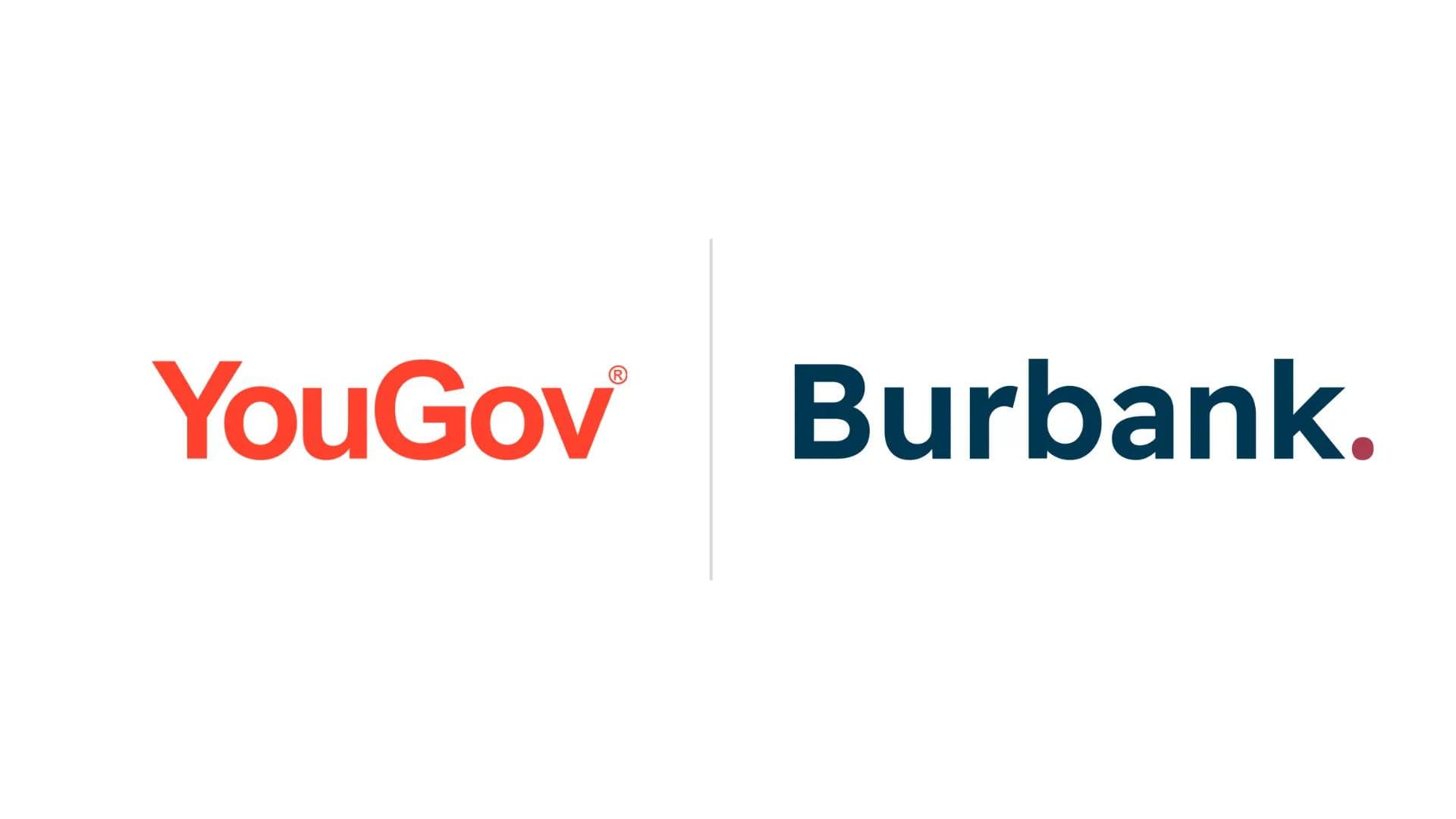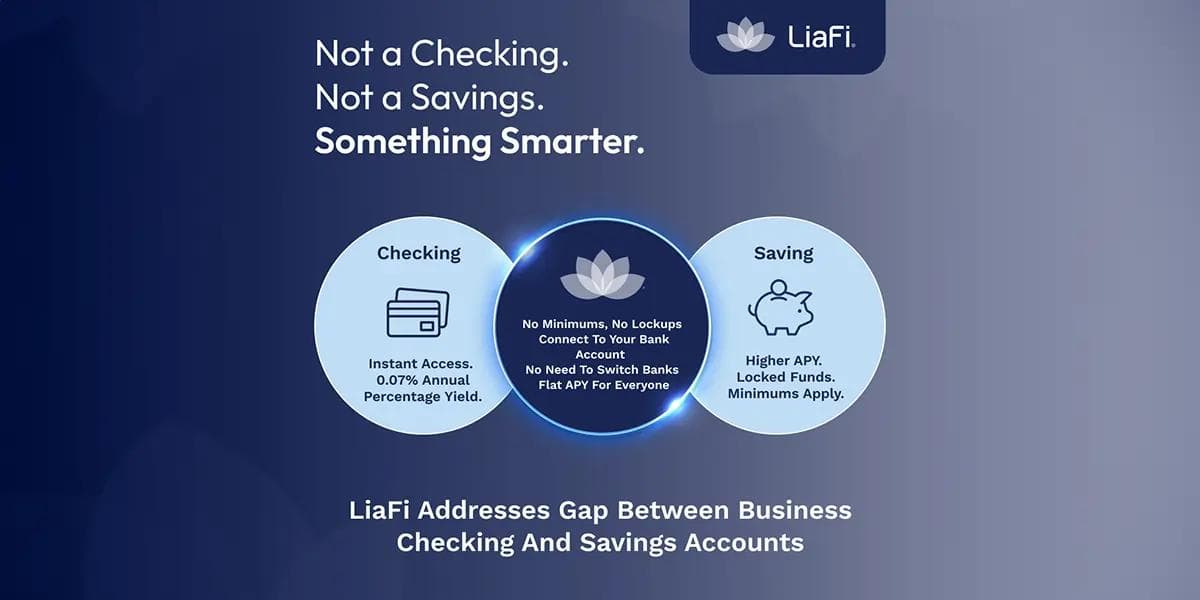Scams Still Prevail as FIs Guard Evolving Payments Channels
Scams Still Prevail as FIs Guard Evolving Payments Channels
Published by Wanda Rich
Posted on May 16, 2025

Published by Wanda Rich
Posted on May 16, 2025

By Anurag Mohapatra, Director of Product Management & Fraud Strategy, NICE Actimize
As financial institutions seek actionable intelligence to identify and combat the latest fraud scams, research shows that, despite ongoing changes, some tactics remain consistent. While criminal tactics and payment behaviors fluctuate, the recently released 2025 NICE Actimize Fraud Insights Report, U.S. Retail Payments Edition, indicates that scams continue to be the preferred method of fraud, with notable updates to their approaches.
Fraudsters are strategically targeting different payment types, underscoring the need for financial institutions to strengthen and implement channel-specific fraud prevention strategies. The report suggests that institutions should enhance onboarding controls by improving verification processes for new payees to reduce fraud risk.
Additionally, the report emphasizes that cross-channel monitoring is essential to prevent fraudsters from exploiting vulnerabilities across various payment channels. Leveraging advanced AI solutions can improve model development and operational efficiency, providing comprehensive protection throughout the customer lifecycle.
While filled with data illustrating where fraud has been shifting, the 2025 report offers guidance for financial institutions facing evolving threats. It notes, “Regardless of your existing controls or losses, it is essential to have a playbook prepared for potential attacks—detailing the levers to pull and actions to take. If a limit were to be changed, it is imperative to know how and who is to be engaged, what communications need updating, and what downstream impacts should be considered.”
The report also provides strategic advice in three key areas. The first is customer segmentation. It states that understanding a customer’s likelihood of utilizing a new payment facility can help assess the overall risk. Another critical factor is the use of "hot lists." At regional and country levels, these lists are based on observed trends to help adjust the risk associated with transactions to specific geographies.
Finally, the report highlights the importance of industry forums and peer networks, noting they are valuable sources of information and effective in identifying emerging threats.
Fraud Shifts and Focus Areas
Regarding the report’s data-specific findings, from 2023 to 2024, fraudsters shifted their focus slightly back toward account takeover (ATO) fraud from scams in terms of the overall value of attempts. However, scams remain the method of choice in 57% of attempted fraud transactions. ATO fraud persists as well; from a volume perspective, there was a slight shift toward scams—52% in 2024 compared to a 50/50 split in 2023.
The report reveals a significant divergence between fraud by value and fraud by volume, highlighting how fraudsters adapt their tactics based on the payment type. Check fraud, though less frequent, accounts for 52% of total fraud losses, underscoring its high-dollar impact and the substantial harm it causes. Conversely, Zelle is the most targeted by volume, representing 73% of all fraud attempts but accounting for only 20% of total losses. Its speed and widespread use make it a popular channel for low-value, high-frequency attacks. International wire fraud, while comprising just 1% of attempts, accounts for 8% of total fraud losses, indicating high financial risk despite lower volume.
The report also highlights emerging threats that require strategic responses. Although total international wire activity decreased by 6% in 2024, the value of fraud attempts on these channels surged by 40%, suggesting increased sophistication in targeting high-value, lower-volume transactions. Additionally, 67% of all fraud is linked to just 7% of payments—specifically, those sent to newly added payees—revealing that fraudsters exploit vulnerabilities during onboarding.
Leveraging NICE Actimize’s collective intelligence and federated learning, the report analyzed billions of banking and payments transactions, leading to these findings.
To obtain a complimentary copy of the 2025 NICE Actimize Fraud Insights Report, US Retail Payments Edition, download it here.
Anurag Mohapatra, Director of Product Management & Fraud Strategy, NICE Actimize

Explore more articles in the Top Stories category











